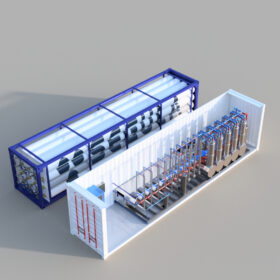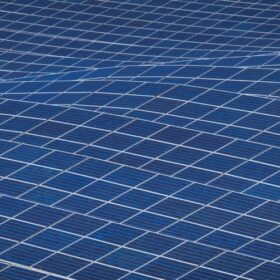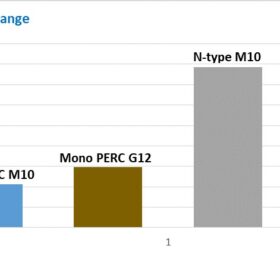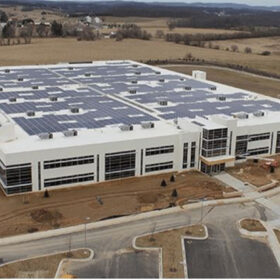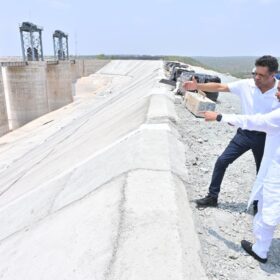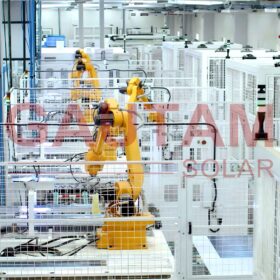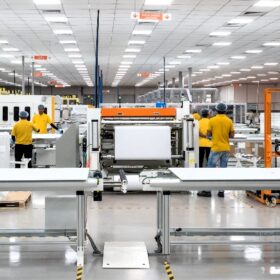Decarbonizing industrial energy use: The business case for real-time ESG monitoring
Decarbonizing energy use in industry is a core part of India’s sustainable development agenda. Real-time ESG monitoring is a powerful approach to achieve this goal, with advantages that go beyond environmental compliance to operational excellence and competitive advantage.
Technical guidebook for building-integrated photovoltaics
As the global transition toward sustainable energy intensifies, building-integrated photovoltaics (BIPV) has emerged as a critical innovation in merging renewable energy with architectural design. The recently published guidebook “Building-Integrated Photovoltaics: A Technical Guidebook,” edited by IEA PVPS Task 15 experts Nuria Martín Chivelet, Costa Kapsis, and Francesco Frontini, offers a comprehensive resource for architects, engineers, and urban planners looking to integrate BIPV into the built environment. This article explores the book’s key insights, including applications, challenges, and future pathways.
Compressed air energy storage system for homes, businesses
Segula Technologies has launched its Remora Stack product, a containerized isothermal air compression storage solution the company claims is 70% efficient.
Bridging the digital divide: The reality of transformation in renewable energy
Digital adoption across the renewable energy value chain reveals a stark imbalance. Operations and maintenance (O&M) has embraced digitalization most enthusiastically, with SCADA systems and IoT-enabled devices revolutionizing efficiency through real-time monitoring and resource optimization. However, engineering, procurement, and construction (EPC) processes remain surprisingly under-digitized despite their critical importance.
U.S. government raises tariffs on imports from Chinese solar producers operating in Vietnam
The U.S. Department of Commerce dramatically increased tariffs on imports from Chinese solar producers operating in Vietnam after the agency concluded that China is subsidizing raw materials for its companies to use in their Vietnamese factories.
Global solar installations could reach 1 TW next year
BloombergNEF reports the world installed nearly 600 GW of solar power in 2024, closely aligning with projections that annual global solar installations will surpass 1 TW within the next few years. Although projections for 2025 currently fall short of that pace, early forecasts often underestimate actual deployment.
Solar wafer prices trend upward as China’s domestic demand surges
In a new weekly update for pv magazine, OPIS, a Dow Jones company, provides a quick look at the main price trends in the global PV industry.
Tecnalia, Vita International developing solar guardrails
Spain’s Tecnalia and Italy-based Vita International have designed a new photovoltaic guardrail, set for testing later this year on a 100-meter stretch of a highway service area between Turin and Trieste, Italy.
Securing the sun: How PV industry can thwart cybercriminals
Australia’s rapidly growing solar PV industry faces mounting cyber risks that no operator can afford to ignore. PV systems rely on intricate supply chains, incorporating hardware and software from multiple vendors. Each link in this chain – be it a component manufacturer, a software provider, or a maintenance contractor – can introduce potential entry points for cyberattacks.
C&I solar grows 18% in the United States in 2024
Distributed solar fell 11% in 2024, dragged down by the residential segment, according to Ohm Analytics’s report on the fourth quarter of 2024. However, signs of recovery emerged with a strong fourth quarter and increasing installation volumes throughout the year.


